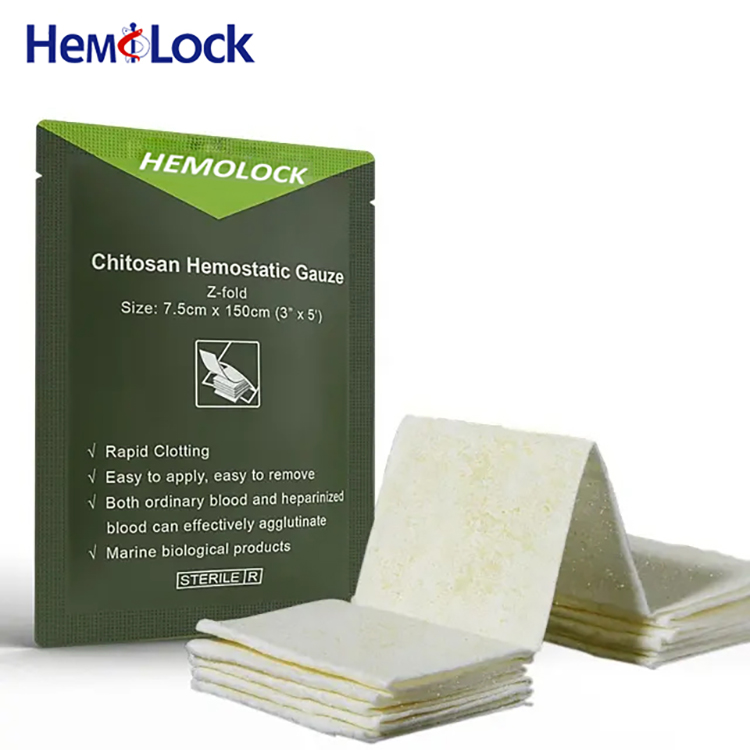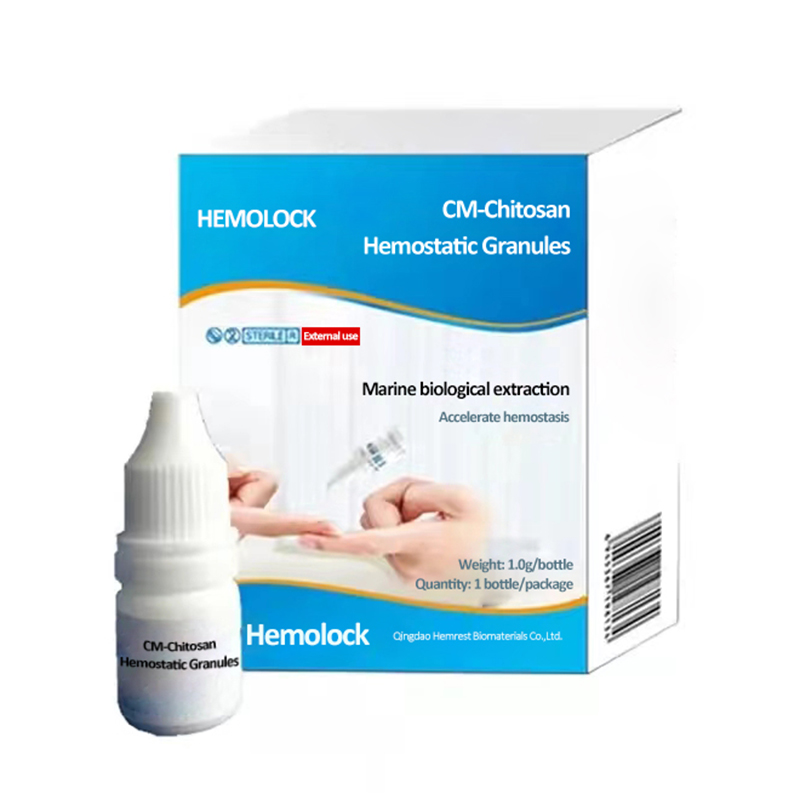
Can saline nasal spray cause nose bleeds?
2023-05-24
Saline nasal spray is a widely used medication for treating nasal congestion, rhinitis, sinusitis, and other nasal conditions. Its primary ingredient is sodium chloride, which is why it is also known as normal saline spray. However, some individuals may be concerned that using saline nasal spray could lead to nosebleeds. Is this concern valid?
It is important to clarify that saline nasal spray does not cause nosebleeds. Sodium chloride, the main ingredient in saline nasal spray, is a common salt substance that is not known to be irritable or toxic to the human body. It does not directly harm the nasal mucosa. In fact, saline nasal spray can help maintain a moist nasal cavity, prevent drying and damage of the nasal mucosa, and therefore, reduce the risk of nosebleeds.
It is worth noting that in some instances, the use of saline nasal spray may lead to nosebleeds, but this is not common. Excessive or improper use of saline nasal spray can cause irritation and abrasion of the nasal mucosa, which can result in bleeding. Furthermore, the nasal mucosa is delicate and may be vulnerable to damage or disease. In such cases, the use of saline nasal spray may also cause nosebleeds.
To prevent nosebleeds when using saline nasal spray, it is important to take note of the following:
Using the correct technique is crucial. When using saline nasal spray, it is important to follow the instructions on the packaging carefully. Directly spraying the solution onto the nasal septum or the area above the nasal cavity should be avoided to prevent irritation and injury to the delicate nasal mucosa.
Use the correct frequency. Generally, saline nasal spray should not be used more than three times a day. Overuse can cause irritation and abrasion to the nasal mucosa, which could increase the risk of nosebleeds.
Maintain good personal hygiene. Before using saline nasal spray, it is important to wash your hands thoroughly or use a disinfectant to clean them. Doing so can help prevent the introduction of harmful bacteria and viruses into the nasal cavity, which could result in infection and inflammation.
Avoid using saline nasal spray with other medications. If you are taking other medications, especially anticoagulants, it is recommended to avoid using them with saline nasal spray. Using them together may increase the risk of nosebleeds.
While saline nasal spray itself does not cause nosebleeds, improper use or underlying nasal diseases or injuries may increase the risk of epistaxis. To avoid nosebleeds, it is important to use saline nasal spray correctly, adhere to the recommended frequency, maintain good personal hygiene, and avoid using it with other medications. If nosebleeds occur or any other abnormal conditions arise, the use of saline nasal spray should be discontinued immediately, and medical attention should be sought.
Chitosan is a biodegradable material that has excellent hemostatic properties. Chitosan hemostatic granules are a commonly used medication for controlling bleeding in various situations, including traumatic bleeding, surgical bleeding, and nasal bleeding. Below is a guide on how to use chitosan hemostatic granules to treat nasal bleeding.
Step 1: Stop the bleeding
When experiencing nasal bleeding, the first step is to take measures to stop the bleeding. The following methods can be used:
Rest in a seated or semi-reclined position, keeping the head upright. Pinch the nasal wings with your fingers and apply pressure towards the cheeks to close the nasal cavity and stop the bleeding.
You can also insert a hemostatic cotton ball or gauze into the nostrils and gently apply pressure to help stop the bleeding.
Another option is to use medication to stop the bleeding, such as chitosan hemostatic granules. Before use, it is recommended to clean the nasal cavity with warm water and salt water to facilitate better absorption and effectiveness of the medication.
Step 2: Use chitosan hemostatic granules
The following points should be noted when using chitosan hemostatic granules:
To use chitosan hemostatic granules, open the packaging and remove an appropriate amount of granules. It is recommended to use no more than 5 grams each time.
Evenly distribute the hemostatic granules into the nostrils and use specialized hemostatic sticks or cotton swabs to assist with the application of the medication.
Gently press on the nasal wings to ensure that the hemostatic granules make contact with the nasal mucosa, which will help to stop the bleeding.
Be mindful of the frequency and dosage of use. It is recommended to use chitosan hemostatic granules no more than three times a day, with no more than 5 grams per use. Overuse may cause irritation and damage to the nasal mucosa, which can increase the risk of bleeding.
Practice good personal hygiene. Prior to using chitosan hemostatic granules, hands should be washed thoroughly or disinfected to prevent the introduction of harmful bacteria and viruses into the nasal cavity, which could result in infection and inflammation.
Step 3: Observe the effect
After using chitosan hemostatic granules, it is important to observe the hemostatic effect. If bleeding persists or lasts for an extended period, medical attention should be sought. Additionally, the use of hemostatic granules may cause adverse reactions such as nasal congestion and odor. If any abnormal situations arise, the use of the granules should be discontinued immediately.





